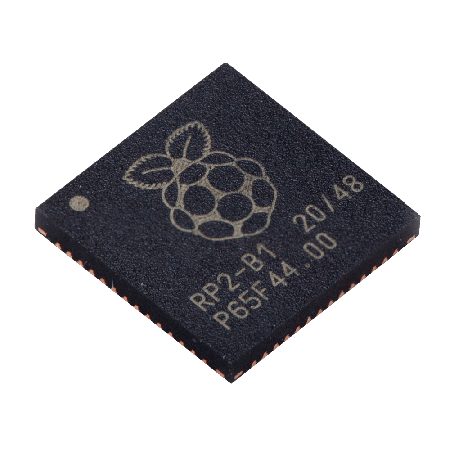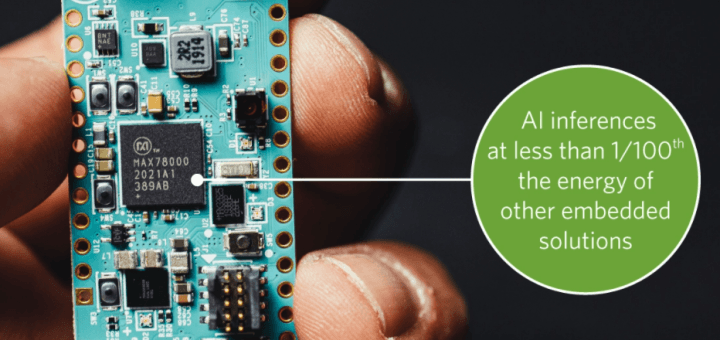What Is a Microcontroller?
on

The Mighty Microcontroller
What is a microcontroller? What makes a microcontroller different than a microprocessor (MPU)? How do designers use MCUs? Are Arduinos and Raspberry Pis MCUs?
Electrical engineers know the answers to these questions because they implement microcontrollers in the products they develop for virtually every industry from aerospace to healthcare. Unfortunately, many nontechnical executives, marketing managers, sales reps, and software developers are unfamiliar with microcontroller technology. Nonengineers often confuse the terms microcontroller, microprocessor, system on a chip, microchip, and IC – and they sometimes use them interchangeably. To address the issue, I’ve put together a list of five essential things everyone should know about microcontrollers. If you’re a professional engineer or pro maker, you can skip this article — just be sure to share it with your nontechnical colleagues.
- A controller is not the same as a processor. A microcontroller is a computer on a single chip that includes a processor core, memory, and I/O peripherals, and it is typically used for a specific function in an embedded system. For instance, you can use microcontrollers to operate sensors, record data, control LEDs, communicate with other microcontrollers, and much more. A microcontroller’s memory, I/O ports, and ROM/RAM are located within the chip. A microprocessor’s peripherals are external to it. So, ROM/RAM, serial interface, timers, and I/O ports are connected to a microprocessor.
- Microcontrollers are super-focused. Microcontrollers are application-specific and used for predefined tasks. For instance, you can use a microcontroller to control a motor in a robotic system. In contrast, microprocessors are used for applications that require intense processing, such as running large graphics programs on laptops. Basically, you don’t use an Intel CORE i5 to perform a microcontroller’s job.
- Microcontrollers can do a lot with very little. A microcontroller does not offer the high speed and large memory of a microprocessor. Think of it. A microcontroller has an application-specific task to manage, and thus doesn't require breathtaking speed and a ton of memory, while a microprocessor will be called on to run complicated, resource-intensive tasks. An MCU’s clock speed might be 300 MHz compared to a processor’s speed of 4 GHz.
- 8 bits is not dead. In the early 2000s, some tech journalists proclaimed “8 bits is dead” due to the proliferation of exciting new 32-bit technology. Things sure have changed. With the explosion of the IoT, low-cost 8-bit microcontrollers are in high demand for use in a wide variety of applications, including automotive control systems, aerospace applications, industrial automation, wearable electronic devices, robotics, and medical equipment.
- Microcontrollers are everywhere. The IoT comprises billions of 8-, 16-, and 32-bit devices. Simply put, microcontrollers are used everywhere: automobiles, planes, home appliances, toys, surveillance systems, industrial plants, and medical devices. Remember the old saying that you are always 6ʹ away from a spider? In this IoT era, it’s safe to assume you have several microcontrollers your vicinity right now.

Maxim's MAX78000 microcontroller up close
MCU Resources
Elektor engineers and editors are regularly writing about micrcontrollers and microcontroller-related technologies. Check out these resources for additonal information.- Microcontroller Documenation Explained - A helpful article series
- The Full Gamut of Microcontroller Debugging Techniques
- Hands on the Parallax Propeller 2
- Microcontroller Basics Course - Article Series
- Several handy books and bundles relating to micrcontrollers
- Details about MCU debugging techniques
And here's a great video about the Raspbery Pi RP20240 microcontroller.

